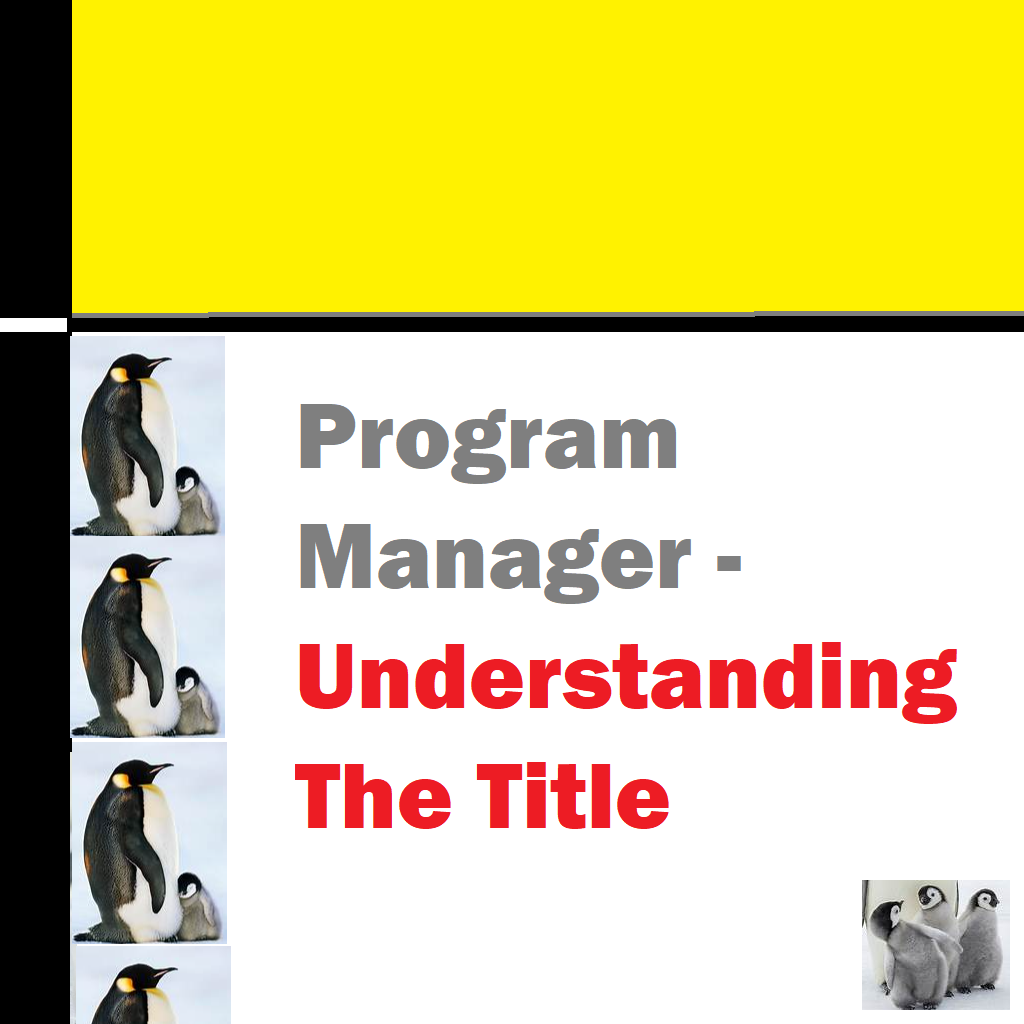In the whirlwind of modern work life, mastering the art of prioritization is crucial for achieving both personal and professional success. With numerous tasks and responsibilities vying for attention, knowing how to effectively prioritize can make the difference between productivity and overwhelm. Prioritization isn’t merely about creating to-do lists; it involves making strategic decisions on what to focus on first to align with your broader goals. By understanding and implementing effective prioritization techniques, you can manage your workload more efficiently, reduce stress, and enhance your overall performance. This guide explores practical approaches and tools to help you prioritize tasks, manage competing demands, and achieve your objectives with greater ease and effectiveness.
Understanding what happens when things are not prioritized ..
If we don’t prioritize things, several negative consequences can arise:
- Time mismanagement: Without prioritization, it becomes challenging to allocate time effectively. As a result, we may end up spending too much time on low-value tasks or getting caught up in unimportant activities, leading to poor time management and reduced productivity.
- Missed deadlines: Failing to prioritize tasks can result in missed deadlines. When we don’t allocate sufficient time and attention to critical activities, we may find ourselves rushing to complete them at the last minute or failing to complete them altogether, which can have significant consequences for projects or commitments.
- Increased stress and overwhelm: Without prioritization, it’s easy to become overwhelmed with the sheer volume of tasks and responsibilities. Feeling constantly behind or uncertain about where to start can lead to increased stress levels, decreased motivation, and a sense of being constantly overwhelmed.
- Reduced productivity and quality: When tasks are not prioritized, it becomes difficult to focus on the most important and impactful activities. As a result, productivity may suffer, and the quality of work may be compromised. This can have negative repercussions for both individual performance and overall project outcomes.
- Lack of progress towards goals: Without clear priorities, it’s easy to get sidetracked by less important tasks or distractions. This can hinder progress towards our goals, as we may end up spending time and effort on activities that don’t align with our objectives or contribute to our desired outcomes.
- Missed opportunities: Failing to prioritize can cause us to overlook or miss out on important opportunities. By not identifying and focusing on high-value activities, we may not seize chances for growth, development, or advancement in our personal or professional lives.
- Strained relationships and communication: Lack of prioritization can lead to strained relationships with stakeholders or colleagues. Failure to prioritize important meetings, communication, or collaborative tasks can result in missed opportunities for alignment, feedback, or timely decision-making, negatively impacting teamwork and collaboration.
The absence of prioritization can lead to time mismanagement, missed deadlines, increased stress, reduced productivity and quality, lack of progress towards goals, missed opportunities, and strained relationships. Prioritization is crucial for effective time and resource management, goal achievement, and maintaining a sense of control and focus in our personal and professional lives.
In comes Prioritization
- Time management: Prioritization helps us allocate our time and resources effectively. By identifying and focusing on the most important tasks or goals, we can ensure that we make the best use of our limited time and avoid wasting it on less significant activities.
- Goal achievement: Prioritization enables us to work towards our goals more efficiently. By identifying the most important tasks or steps needed to reach our objectives, we can direct our efforts towards them and increase the likelihood of achieving what we set out to do.
- Productivity: When we prioritize tasks, we can avoid feeling overwhelmed and scattered. By concentrating on one task at a time or working on high-priority tasks first, we can maintain focus and productivity. This approach minimizes distractions and helps us complete our work more efficiently.
- Decision-making: Prioritization assists in making effective decisions. By considering the importance and urgency of different tasks or options, we can evaluate the potential impact and make informed choices. It allows us to identify trade-offs and make decisions that align with our overall priorities and objectives.
- Stress management: Prioritizing tasks reduces stress levels. When we have a clear understanding of what needs to be done and in what order, we can minimize the stress associated with feeling overwhelmed or unsure about where to start. It provides a sense of control and allows us to tackle tasks in a more organized and manageable manner.
- Resource allocation: Prioritization helps us allocate our resources effectively, whether it’s time, energy, or financial resources. By focusing on the most important tasks, we can direct our resources where they will have the most significant impact, optimizing our efficiency and effectiveness.
- Goal alignment: Prioritization ensures that our actions align with our values, long-term goals, and overall vision. It helps us evaluate tasks and activities based on their relevance to our larger objectives, enabling us to make choices that align with our priorities and contribute to our desired outcomes.

Prioritizing things is essential for time management, goal achievement, productivity, decision-making, stress management, resource allocation, and goal alignment. It allows us to work more efficiently, focus on what matters most, and ultimately increase our chances of success in various areas of life.
Many management gurus have emphasized the importance of prioritization. Here are a few notable figures:
- Stephen Covey: Covey, known for his book “The 7 Habits of Highly Effective People,” emphasized the importance of prioritizing activities based on their importance and alignment with long-term goals. He introduced the concept of the “Time Management Matrix” that categorizes tasks into four quadrants based on urgency and importance.
- Peter Drucker: Drucker, considered the father of modern management, highlighted the significance of effective time management and prioritization. He emphasized focusing on the most critical tasks that align with organizational objectives to achieve optimal results.
- David Allen: Allen, the author of “Getting Things Done,” introduced a time management methodology that emphasizes capturing, clarifying, and organizing tasks. His approach promotes prioritization as a key step in managing personal and professional commitments.
- Brian Tracy: Tracy, an author and speaker on personal and professional development, has written extensively about time management and prioritization. He advocates for identifying and working on high-value tasks that contribute the most to achieving goals.
These management gurus, among others, have contributed valuable insights and frameworks to prioritize tasks effectively and improve overall productivity and success.
Well lets see how to prioritize a typical software business analysts day?
Prioritizing a typical software business analyst’s day involves considering the specific goals, projects, and deadlines they are working on. Here is a general framework for prioritizing tasks as a software business analyst:
- Assess and categorize tasks: Begin by assessing all the tasks at hand and categorizing them based on their importance and urgency. Identify the critical tasks that directly contribute to project milestones or client deliverables.
- Identify project deadlines: Review project timelines and identify any imminent or upcoming deadlines. Prioritize tasks that are crucial to meeting these deadlines.
- Communicate with stakeholders: Prioritize tasks that require communication or collaboration with stakeholders, such as meetings, feedback sessions, or requirements clarification. Clear and timely communication is essential for successful software development projects.
- Evaluate dependencies: Consider any dependencies between tasks. Prioritize tasks that need to be completed before others can progress smoothly. Addressing dependencies early on helps maintain project momentum.
- Focus on high-value activities: Identify tasks that have the most significant impact on the project’s success. Prioritize activities that directly contribute to critical project objectives or that address high-priority client needs.
- Consider risks and issues: Evaluate tasks that mitigate project risks or address any urgent issues that may arise. Prioritize activities that reduce potential risks or resolve critical issues affecting the project’s progress.
- Allocate time for research and learning: As a software business analyst, staying updated with industry trends, tools, and methodologies is important. Allocate time to learn new techniques or technologies that can enhance your skills and contribute to future projects.
- Balance long-term and short-term goals: Prioritize tasks that align with both short-term and long-term goals. While immediate project deliverables are important, also allocate time for strategic activities, such as process improvement, documentation, or knowledge sharing.
- Evaluate workload and capacity: Consider your workload and available capacity realistically. Avoid overcommitting or taking on too many tasks simultaneously, as it may lead to reduced quality and productivity. Prioritize tasks that can be

Best ways to prioritize things –
So we don’t want to loose out on things. What do we do ? We prioritize it.
Here are some of the best ways to prioritize things effectively:
- Eisenhower Matrix: Use the Eisenhower Matrix, also known as the Urgent-Important Matrix, to categorize tasks into four quadrants based on their urgency and importance. Prioritize tasks that are both urgent and important, and delegate or eliminate tasks that are neither.
- Clear goals and objectives: Establish clear goals and objectives for yourself or your team. Prioritize tasks that align directly with those goals, ensuring that your efforts are focused on what will have the most significant impact on achieving desired outcomes.
- Deadlines and deliverables: Consider project deadlines and deliverables. Identify tasks that are critical to meeting those deadlines or delivering required outcomes on time. Prioritize these tasks to ensure timely completion.
- Impact and value: Assess the potential impact and value of each task. Prioritize activities that will have the most significant positive impact on your projects, team, or organization. Focus on tasks that contribute directly to key objectives and bring substantial value.
- Assessing urgency: Evaluate the urgency of tasks. Identify tasks that require immediate attention due to time-sensitive factors, such as impending deadlines, time-critical decisions, or customer requirements. Prioritize these tasks accordingly.
- Dependencies and sequencing: Consider dependencies between tasks. Prioritize activities that need to be completed before others can progress smoothly. Addressing dependencies early on ensures that the overall project or workflow remains on track.
- Time estimation: Estimate the time required to complete each task. Prioritize tasks that will take longer or require more effort, ensuring that you allocate sufficient time and resources to tackle them effectively.
- Skill and capability: Consider your own skills, strengths, and capabilities. Prioritize tasks that align with your expertise, where you can bring the most value and perform at your best. Delegate or seek assistance for tasks that are outside your core strengths.
- Risk management: Evaluate tasks in terms of potential risks or consequences. Prioritize activities that mitigate significant risks or address urgent issues that may impact the success of your projects or initiatives.
- Regular review and adjustment: Continuously review and adjust your priorities as circumstances change. Stay flexible and adaptable to new information or shifting priorities, ensuring that you stay aligned with the evolving needs of your projects or organization.

Prioritizing tasks effectively is essential for navigating today’s busy work environment and achieving success. By applying structured techniques and mental frameworks, such as the Eisenhower Matrix or the ABCDE Method, you can make informed decisions about what to tackle first. Incorporating tools like task management software and time-blocking strategies can further enhance your ability to manage workload efficiently. Additionally, understanding the psychological aspects of prioritization—such as mental clarity and emotional intelligence—can improve your decision-making process. Mastering prioritization not only boosts productivity but also helps maintain a balanced and stress-free work life, ultimately leading to greater personal and professional fulfillment. Remember, prioritization is a dynamic process, and it’s essential to regularly re-assess and update your priorities based on changing circumstances and new information.
Smart Reads:





Definitely, what a fantastic website and revealing posts, I definitely will bookmark your website.Best Regards!
thanks